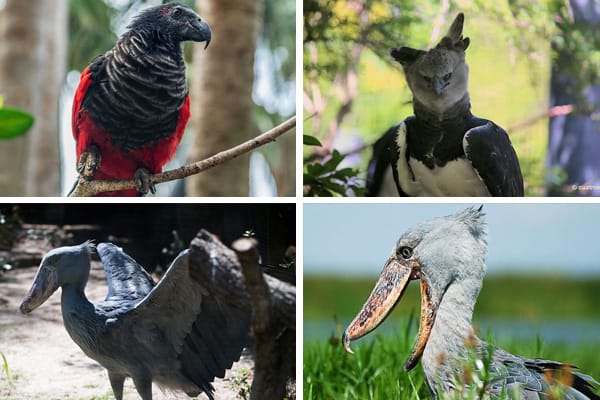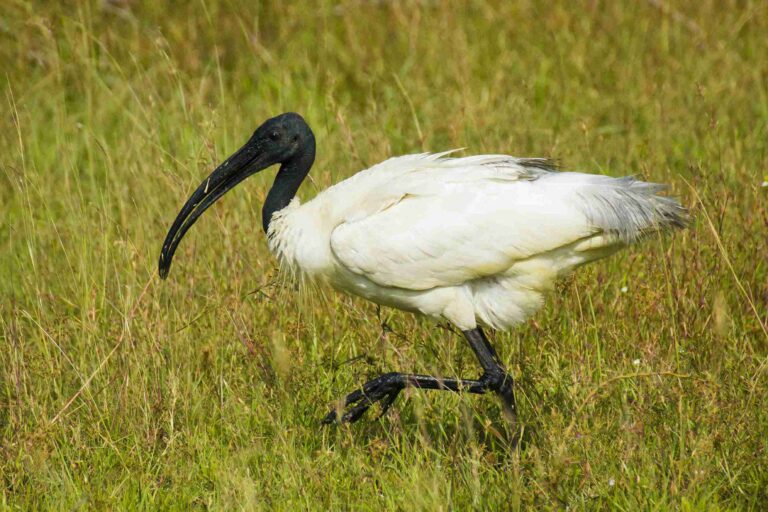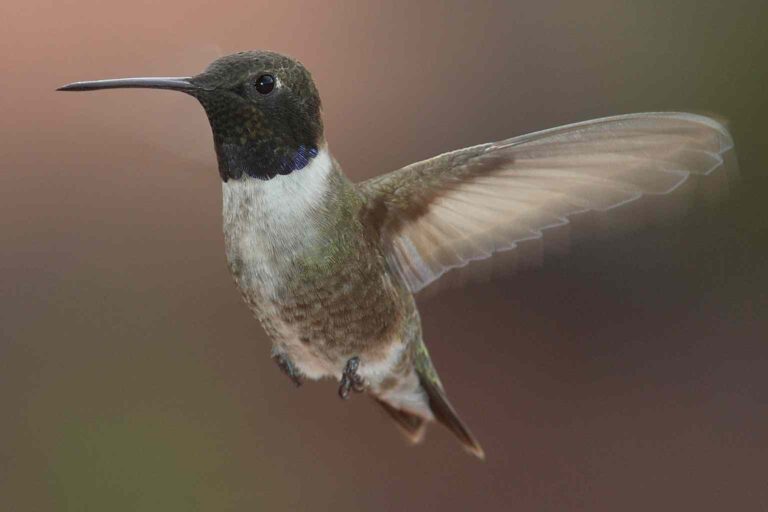Top 10 Types of Scary Bird Species! Unlock the Mystery
Did you know over 1,000 Scary bird species are venomous? This fact shows how diverse and sometimes scary our feathered friends can be. We’re exploring the world of scary bird species that challenge our usual views of bird beauty.
Many birds are loved for their charm and grace. But some are known for their eerie looks and behaviors. From the toxic Hooded Pitohui to the monstrous Shoebill, these birds will capture your curiosity and sense of adventure. Let’s dive into these ten unique birds and uncover their darker, more haunting sides.
The Fascinating World of Birds
The world of birds is full of amazing forms and behaviors. It shows incredible bird diversity. Exploring the many types of birds around the world reveals their beauty and unique adaptations.
Understanding Bird Diversity
Bird diversity includes many characteristics like size, habitat, and behavior. This variety comes from millions of years of evolution. Different survival needs have shaped how birds look and act.
From the tiny hummingbird to the huge condor, each bird has a special role. They show the rich tapestry of life in our world.
From Cute to Creepy
You might love the cheerful chirps of robins in your backyard. Or enjoy the playful blue jays. But some birds can make you feel uneasy with their looks or habits.
The mix of cute and creepy birds shows the wide range of bird adaptations. Some birds are nurturing, while others are fearsome. These traits help birds survive and shape how we see them in our lives.
1. Hooded Pitohui
- Scientific Name: Pitohui dichrous
- Size: 23–26 cm (9–10 in)
- Weight: 70–100 g (2.5–3.5 oz)
- Lifespan: Up to 15 years
- Diet: Insects, fruit
The Hooded Pitohui is a bird found only in Papua New Guinea’s mountains. It has dark orange feathers and a black hood. This bird is one of the few poisonous birds known.

Its toxins are like those found in some frogs. They help protect the bird from predators.
A Closer Look at Its Toxicity
The Hooded Pitohui’s toxins are in its skin and feathers. These toxins keep predators away. It’s a clever way for the bird to stay safe.
Its poison is interesting but also shows its role in nature. In some cultures, people both admire and fear this bird because of its toxins.
Habitat and Behavior
The Hooded Pitohui lives in Papua New Guinea’s dense forests. It has special traits to survive there. The bird is shy and likes to hide in leaves.
This behavior helps it stay safe. It blends well with its surroundings, making it hard to spot.
2. Great Potoo
- Scientific Name: Nyctibius grandis
- Size: 50–60 cm (20–24 in)
- Weight: 500–700 g (1.1–1.5 lb)
- Lifespan: Up to 15 years
- Diet: Insects, moths
The Great Potoo is a standout among nocturnal birds. It has a unique look and interesting behaviors. This rainforest species looks like a puppet, with mottled feathers and a fluffy body. It blends into the dense foliage of Central and South America.
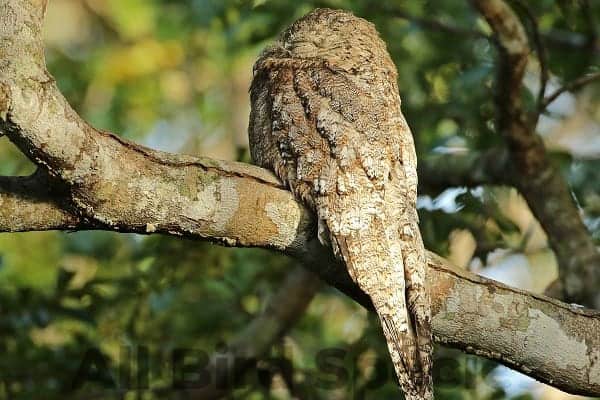
Its camouflage is so good that it’s almost invisible during the day. It hides among tree branches.
Appearance and Camouflage
The Great Potoo’s looks help it survive. Its feathers are shades of brown and grey, matching tree bark and branches. This trick helps it avoid predators when it rests during the day.
Its wide, round eyes are perfect for seeing at night. They let it move around the rainforest in the dark.
Unique Vocalizations
At night, the Great Potoo comes alive. Its calls echo through the rainforest, sounding like barks. These sounds add to its mysterious charm.
Bird watchers and nature lovers find it fascinating. Hearing its calls at night is unforgettable.
3. Muscovy Duck
- Scientific Name: Cairina moschata
- Size: 65–76 cm (26–30 in)
- Weight: 2.5–4.5 kg (5.5–10 lb)
- Lifespan: Up to 20 years
- Diet: Omnivorous (seeds, fruits, insects)
The Muscovy Duck is known for its unique and unsettling features. At first, it looks like any other duck. But, its face is considered one of the creepiest among ducks. It comes from southern Texas and South America, with bumpy, colorful skin that looks like horror movie characters.
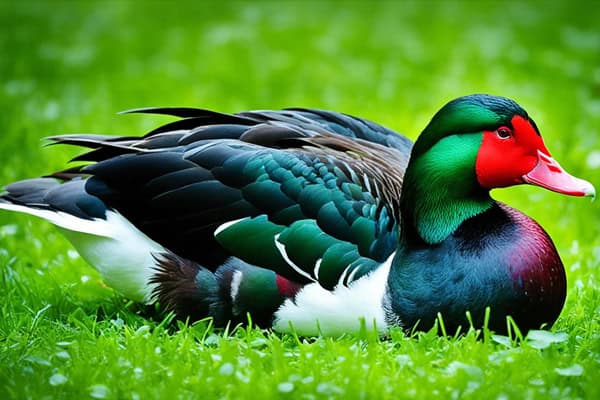
But, the Muscovy Duck is more than just creepy. It plays a key role in wetland ecosystems. It’s great at finding insects, seeds, and plants in water. Its eating habits help keep its home balanced, proving it’s more than just a scary duck.
| Feature | Muscovy Duck | Common Duck |
|---|---|---|
| Origin | Southern Texas & South America | Worldwide |
| Skin Texture | Colorful, bumpy, bare skin | Feathers covering body |
| Common Behavior | Foraging for food | Swimming and quacking |
| Role in Ecosystem | Insect and seed control | Minimal impact |
The Muscovy Duck’s odd looks and vital role in nature make it interesting. Whether it’s seen as scary or important, it definitely makes an impression.
4. Vampire Ground-Finch
- Scientific Name: Geospiza septentrionalis
- Size: 10–11 cm (4–4.3 in)
- Weight: 10–12 g (0.35–0.42 oz)
- Lifespan: Up to 12 years
- Diet: Seeds, blood of other birds
The Vampire Ground-Finch is a small bird found on Darwin and Wolf Islands. It’s a unique part of the Galapagos fauna. This bird has evolved to feed on the blood of other birds, unlike most birds.
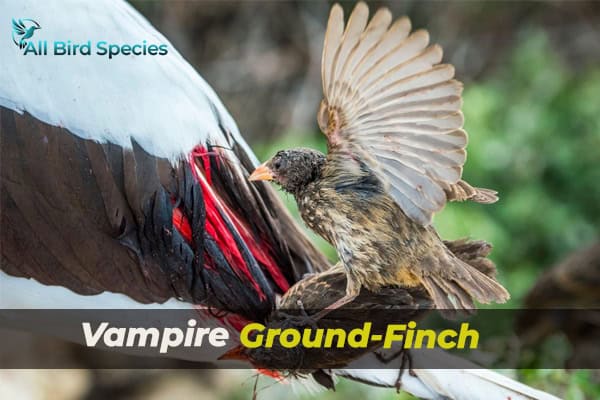
Adaptations for Survival
The Vampire Ground-Finch has amazing adaptations. Its sharp beak lets it pierce the skin of seabirds to get blood. These traits help it survive in the tough Galapagos ecosystem.
Feeding Habits and Behavior
The Vampire Ground-Finch has a special way of eating. It goes after bigger seabirds to get small amounts of blood. This shows its cleverness and how it uses what’s available. Watching it helps us understand the balance of life on the islands.
| Characteristic | Details |
|---|---|
| Size | Small, ranging from 10 to 12 cm in length |
| Beak Type | Sharp and pointed, adapted for piercing |
| Diet | Primarily blood from seabirds |
| Habitat | Darwin and Wolf Islands in the Galapagos |
| Behavior | Social, often found in small groups |
5. California Condor
- Scientific Name: Gymnogyps californianus
- Size: 109–135 cm (43–53 in)
- Weight: 8–14 kg (18–31 lb)
- Lifespan: Up to 60 years
- Diet: Carrion
The California Condor is a symbol of wonder and conservation challenges. It’s the largest bird in North America, with a wingspan up to nine feet. Seeing it fly is like stepping back in time, witnessing history alive.

Imposing Size and Wingspan
The California Condor’s wingspan is impressive and helps it glide at high altitudes. This saves energy as it searches for food, mainly carrion. Its size lets it rule its environment, affecting other birds in its space.
Conservation Status
Despite their size, California Condors face big threats like habitat loss and lead poisoning. Conservation efforts have grown, with teams working hard to save them. Programs and campaigns raise awareness, ensuring these birds are protected for the future.
6. Turkey Vulture
- Scientific Name: Cathartes aura
- Size: 64–81 cm (25–32 in)
- Weight: 1.8–2.7 kg (4–6 lb)
- Lifespan: Up to 16 years
- Diet: Carrion
The Turkey Vulture Scary Bird Species is often seen as scary, but it’s really a key player in nature. It has dark feathers and a red, wrinkled head. This bird may not look pretty, but it’s very important.

This bird eats dead animals, which helps keep the environment healthy. It stops diseases from spreading by removing them from the air and ground.
Learning about bird identification can make you appreciate the Turkey Vulture more. You can spot it soaring in the sky with its wide wings and unique shape. Even though it looks scary, it shows that the ecosystem is balanced and healthy.
- Feeding habits: Primarily feeds on carrion
- Role in the ecosystem: Reduces disease spread
- Identification: Dark feathers, bare red head
- Flight patterns: Soars gracefully on thermal currents
| Characteristic | Description |
|---|---|
| Plumage | Dark with a hint of iridescence |
| Wingspan | Approximately 6 feet |
| Habitat | Open areas and landscapes across the Americas |
| Diet | Primarily scavenged meat |
Understanding the Turkey Vulture’s role helps us respect all scavenger birds. It shows how important they are for keeping nature in balance.
7. Southern Cassowary
- Scientific Name: Casuarius casuarius
- Size: 150–190 cm (59–75 in)
- Weight: 58–85 kg (128–187 lb)
- Lifespan: Up to 40 years
- Diet: Fruits, seeds
The Southern Cassowary is seen as one of the most dangerous birds in the world. It stands nearly six feet tall and can weigh up to 130 pounds. Its bold colors and unique features, like a striking casque on its head and sharp claws, make it impressive.
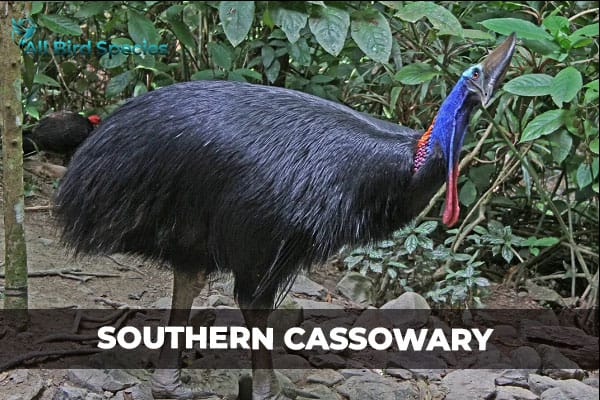
Physical Characteristics
The Southern Cassowary’s color is striking. Its head is deep blue, while its neck has bright yellow and red wattles. It has strong legs for fast movement, running up to 30 miles per hour. Its sharp claws can cause serious injuries, so it’s important to keep a safe distance.
Behavior and Threats
The Southern Cassowary has complex social behavior. It is usually alone but can be aggressive during breeding or when defending its territory. It eats fruits, small animals, and fungi. It’s dangerous to approach them if they feel threatened or cornered. It’s best to watch them from a safe distance.
8. Harpy Eagle
- Scientific Name: Harpagornis harpyja
- Size: 86–107 cm (34–42 in)
- Weight: 6.5–10 kg (14–22 lb)
- Lifespan: Up to 35 years
- Diet: Monkeys, sloths, birds
The Harpy Eagle is a top bird in the rainforest. It’s big and strong, making it a respected hunter. Its wings can grow over six feet long, showing off its unique hunting skills.
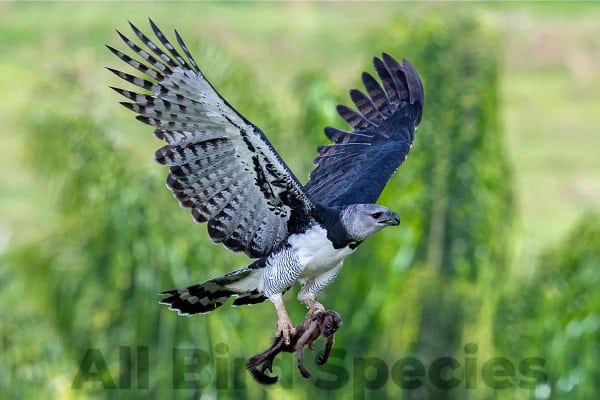
Habitat and Hunting Techniques
These Scary Bird Species live in tropical rainforests. They like the dense, high areas for hiding and seeing prey. They mainly eat medium-sized animals like monkeys and sloths, thanks to their strong talons.
The Harpy Eagle is a master hunter. It flies quietly, then dives down to catch its prey. Its sharp eyes help it spot movement in the forest. This makes it a key predator in the rainforest.
| Aspect | Description |
|---|---|
| Habitat | Tropical rainforests with dense canopies |
| Wingspan | Up to 6.5 feet |
| Main Prey | Monkeys, sloths, and other medium-sized mammals |
| Hunting Behavior | Stealthy gliding and surprising attack |
9. Wood Stork
- Scientific Name: Mycteria Americana
- Size: 65–100 cm (26–39 in)
- Weight: 2.3–3.6 kg (5–8 lb)
- Lifespan: Up to 30 years
- Diet: Fish, amphibians
The Wood Stork is a unique bird that grabs attention with its looks and behavior. They live in swamps, where their looks and how they act make them stand out in the ecosystem.
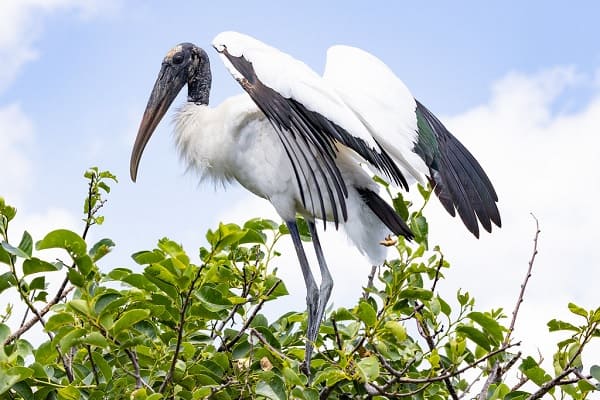
Unusual Appearance
The Wood Stork has a long neck and a head that looks like ancient birds. Their skin is grayish-white and unfeathered, keeping them cool in the wet. Their size and looks make them a hit in wetlands.
Feeding and Social Behavior
Wood Storks eat fish and other water creatures. Also, They use their sensitive bills to find food in murky water. They stir up the water while walking, making it easier to catch prey.
They also like to be together, often in big groups. This helps them find food and stay safe. Being in groups makes it easier for them to survive.
| Characteristic | Description |
|---|---|
| Appearance | Long neck, unfeathered head, grayish-white body |
| Habitat | Swamps and wetlands |
| Feeding Method | Using sensitive bills to catch fish and aquatic organisms |
| Social Behavior | Gathers in flocks for feeding and nesting |
10. Shoebill
- Scientific Name: Balaeniceps rex
- Size: 90–140 cm (35–55 in)
- Weight: 4–7 kg (8.8–15.4 lb)
- Lifespan: Up to 36 years
- Diet: Fish, amphibians, reptiles
The Shoebill is a Scary Bird Species known for its unique look. It has a large, hooked beak and sharp eyes. Found in eastern Africa’s papyrus swamps, its body is made for hunting.
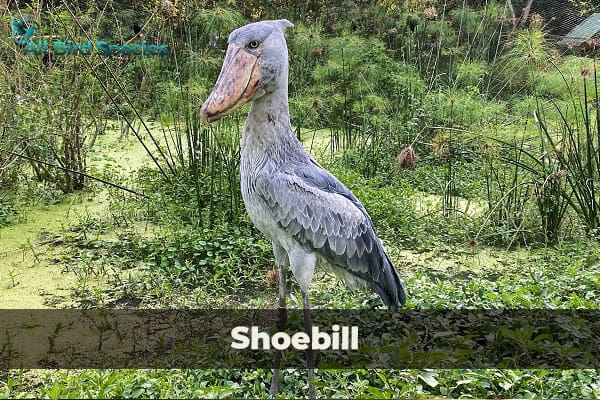
Distinctive Features
This bird is huge, sometimes growing up to 5 feet tall. Its bill looks like a shoe and is over a foot long. It’s perfect for catching food. The Shoebill’s gray feathers and long legs make it look like something from the past.
Catching Techniques
The Shoebill hunts in a special way. It waits patiently for fish or snakes to come close. Then, it quickly grabs them with its strong beak. This shows how good it is at hunting in the swamp.
| Feature | Description |
|---|---|
| Habitat | Papyrus swamps in eastern Africa |
| Height | 4 to 5 feet |
| Beak Length | Over 1 foot |
| Primary Prey | Fish and water snakes |
| Hunting Method | Stealth and quick strikes |
Read More🐦Related Articles:
- Doves in Arizona
- Owls in Louisiana
- Doves in Michigan
- Largest Birds of Prey
- Swallow Spiritual meaning
- Blue Colored Birds
Conclusion
As we finish our look at scary bird species, it’s clear they are more than their spooky looks. These birds add a lot to our world, making it richer and more interesting. Each bird, like the Southern Cassowary and the Shoebill, shows how diverse birds can be.
Your exploration of bird species has shown us their importance. They play key roles in keeping our world balanced. Even though some birds might scare us, they are vital to their homes. They help keep their ecosystems healthy by hunting and cleaning up.
Think about what these birds teach us. They show us the beauty in nature’s scary side. They remind us that every creature, no matter how strange, is important. Let’s appreciate the amazing diversity of birds and how they make our world better.

